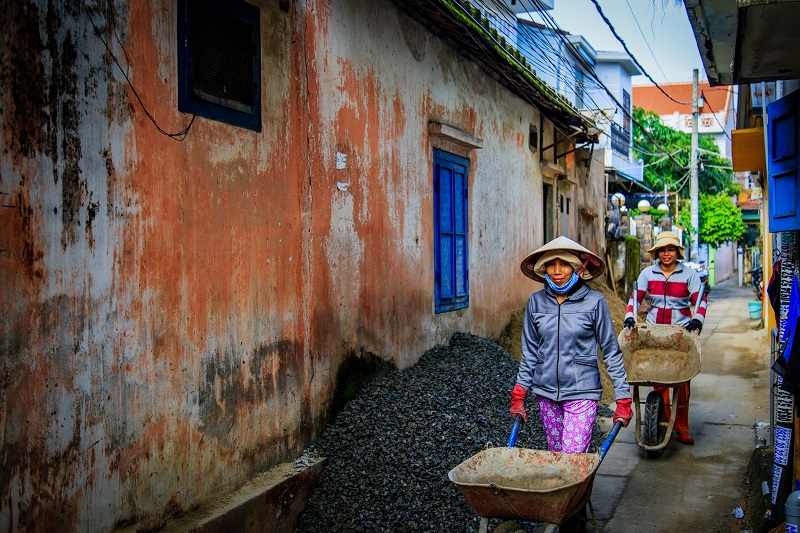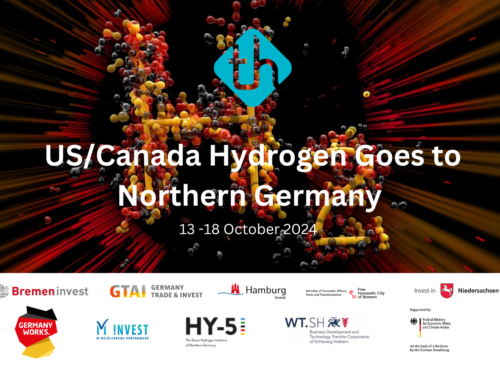1. Vietnam Prime Minister visits US
Vietnam’s Prime Minister visited the US last week with a view to attracting FDI into Vietnam in the technology and innovation sectors.
Various Vietnamese Government sub-departments have signed MoUs with US organisations such as Synopsys and Cadence Design Systems which are both semiconductor chip design companies. In addition, an MoU was signed with Arizona State University which focuses on ‘information sharing’ and educational programs in the semiconductor and related fields.
The US is Vietnam’s largest foreign investor with a total of 17% share.
A new research 5-hectare centre is being built in the Hanoi region.
Recently the US and Vietnam have upgraded trade relations to ‘Comprehensive Strategic Partnership.’
In 2022 China was Vietnam’s top trading partner with bilateral trade at USD$176 billion followed by the US with $124 billion, South Korea with $86 billion and Japan at $48 billion.
Trade Horizons advisors are market entry experts: our team of in-country experts assist companies to export, import and enter new locations by using strategies that have stood the test of time and evidence-based advice. Trade Horizons assists companies to plan to distribute and deliver goods or services to a new target market. Contact one of our experts today.
2. Global FDI trends
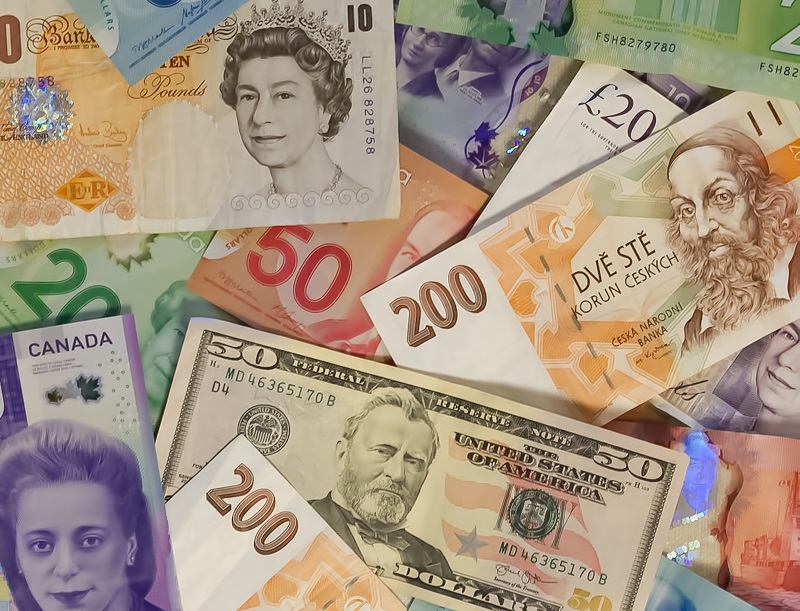
The top countries for inward FDI by volume are as follows
- China: $253.1 billion
- United States: $211.3 billion
- Hungary: $171.4 billion
- Germany: $142.8 billion
- Hong Kong (China): $117.5 billion
- Singapore: $74.8 billion
- India: $64.4 billion
- Luxembourg: $62.1 billion
- Japan: $61.5 billion
- British Virgin Islands: $39.6 billion
Whilst the US and China account for 1/3 of the total amount, in terms of FDI relative to GDP Hungary is number 2 after Cayman Islands.
FDI in 2022 suffered between 12 & 24% decline on 2021 depending on which source. The UN has recently released an FDI report that says FDI in 2023 is expected to decline further on last year’s levels.
3. Indian chips
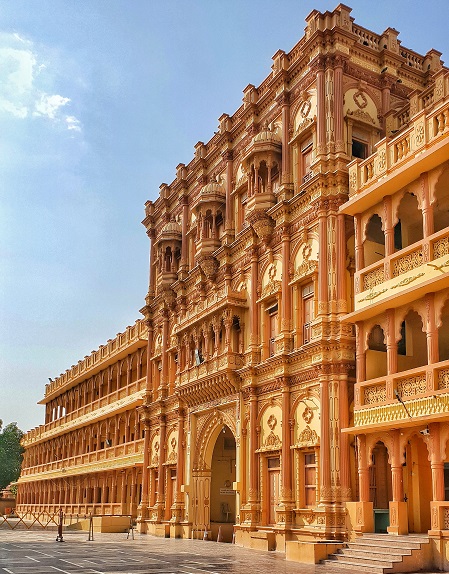
Image Shantanu Desai via Unsplash
India has announced plans to grow its semiconductor industry locally. Currently chips are designed in India but not made there. Currently every semiconductor, every piece of fibre and every solar battery must at some point be assembled or sourced from in China. Taiwan is the world’s largest semiconductor manufacturer. India has announced plans to be able to manufacture the chip fully in country, eliminating the need for China out of the supply chain.
India MP Narendra Modi has committed $10 billion in funding as grants for capital outlay up to 50 or even 70%.
An area in Gujarat the size of Singapore has been set aside for a semiconductor hub which will be home to factories and research facilities.
Recently Tata Projects secured the contract to construct Micron Technology’s assembly and testing facility in Gujarat spanning 1.4 million square feet, an investment of $3bn by Micron. Micron Technology is a US semiconductor manufacturer. Sahasra Semiconductor an Indian ship assembler will start production in October. Advanced Micro Devices a US chip maker has announced a $400 million investment.
4. Missouri Governor visits Japan
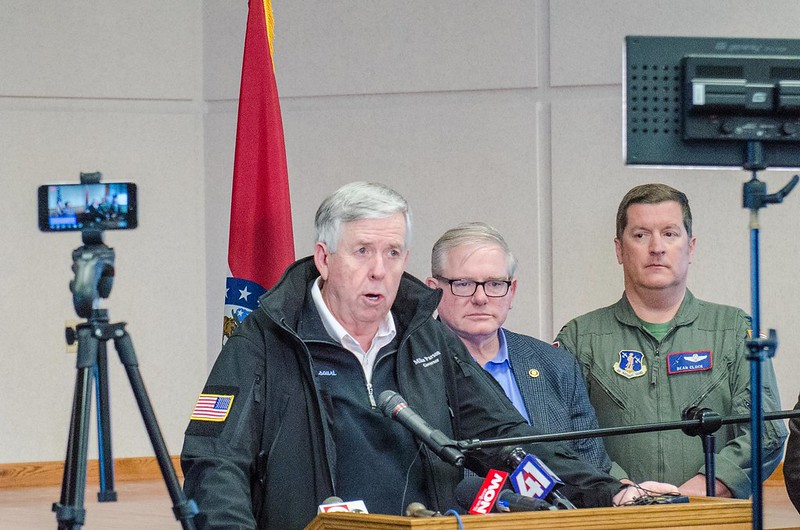
Missouri Governor Mike Parson visits St. Joseph to assess flood preparation by 139th Airlift Wing via Flickr Public Domain Mark 1.0 Universal
The Governor of Missouri Mike Parson and his wife Teresa Parson will travel to Japan for a trade mission visiting Tokyo and Suwa, Nagano Missouri’s sister state.
Missouri imports from Japan totalled $455 million in 2022 made mostly of machinery, metal andchemicals with exports at $395 million of mostly food, chemicals and computer products. The Governor will meet with Hitachi, Kawasaki, Mitsubishi amongst other companies.
5. Thailand’s new PM
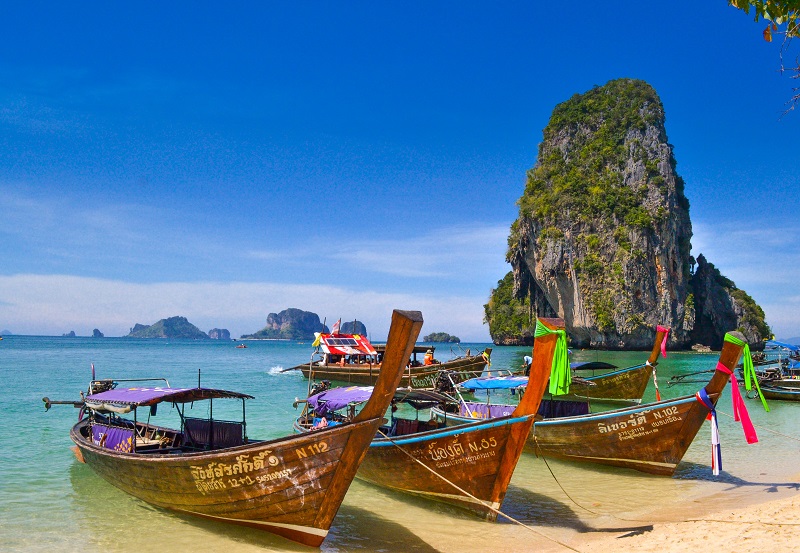
Image Sumit Chinchane via Unsplash
Thailand has a new prime minister. Most people voted for the Move Forward Party however the government chose to install Srettha Thavisin of the Pheu Thai party, real estate tycoon and political newcomer.
Thavisin has announced a drive for more investment and a commitment to infrastructure, water, airports, tourism, FTAs and foreign company law.
Thailand’s EV assembly sector is growing, and the new PM said he would make efforts to draw more investment in that area but also traditional combustion engines.
China is Thailand’s biggest investor followed by Singapore and Japan. FDI increased 70% in the first half of 2023 compared to 2022 due to investments in the electronics, food, and auto sectors.
6. India UK trade deal
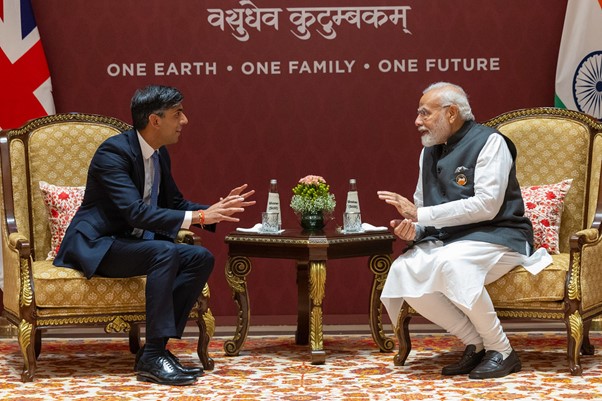
The Prime Minister has a bilat with the Prime Minister of India by Number 10 via Flickr Attribution-NonCommercial-NoDerivs 2.0 Generic
Long-awaited the UK India FTA looks about to be signed by Rishi Sunak without binding worker or environment pledges, contrary to expectations.
Indian PM Narendra Modi and Rishi Sunak met at G20 and are scheduled to continue the 13th round of talks in London this week.
Total bilateral trade between India and the UK is around £36.3 billion per year in 2023 with exports at £14.7 billion consisting of electronic equipment, machinery and apparel and imports £21.6 billion consisting of fuel, electronics and machinery.
Featured Image Kate Ferguson via Unsplash

